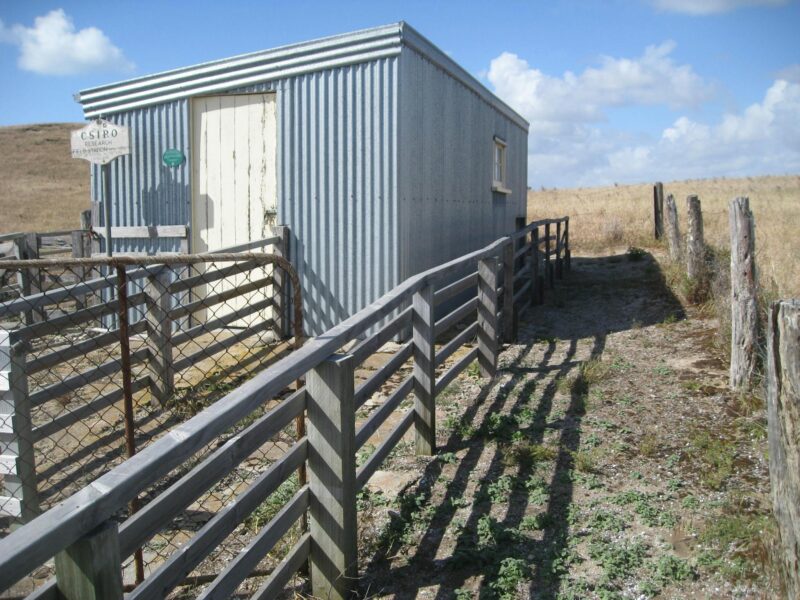Robe CSIRO Research Station

272 Nora Creina Road
On Nora Creina Road next to driveway marked 273 Nora Creina Road
Robe,
South Australia,
5276
About
This State Heritage listed site and small corrugated-iron building played a pivotal role in changing agricultural practices around the world during its years of operation from 1935 to 1976.
The first pastoralists to settle in the Guichen Bay district discovered that despite apparently lush grazing, sheep left too long in certain areas developed brittle ‘steely’ wool and wasted away. Observed in coastal regions across southern Australia, the fatal ailment became known as Coast Disease, but the cause remained a mystery.
With the cause of Coast Disease being discovered to be deficiency of cobalt and copper, focus shifted to finding a practical way to prevent it.
Copper deficiency could in part be overcome by topdressing pasture, but that didn’t work with cobalt. Drenching was effective but it had to be done weekly with small doses for the best results, which was impractical on a large scale.
It took considerable ingenuity and many more years of research by the CSIRO and scientists here to find the solution. This involved dosing sheep with a capsule, or bullet, that sat in the animal’s rumen and gradually leached cobalt oxide.
Location
272 Nora Creina Road
Robe,
South Australia,
5276
